Looking for an excuse for a road trip, or maybe just an afternoon at a local park? Here are ten top must-see natural spectacles that you can catch this spring.
-
Grouse on the Lek
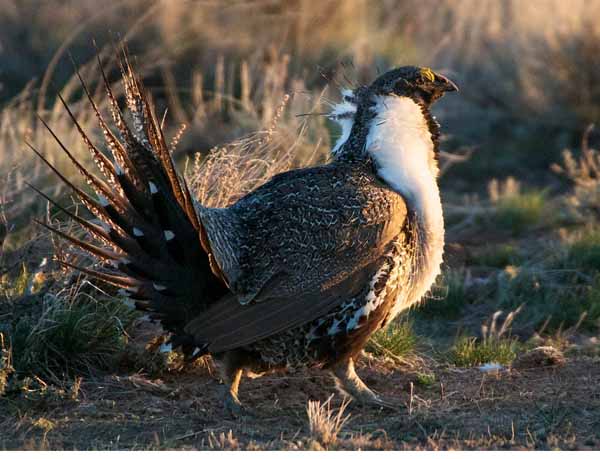
A male sage grouse on the lek. Photo: Ken Miracle Strut, puff, pop: the annual grouse extravaganza is one of the greatest shows on the plains. Male grouse display their fitness to females each year at sites known as leks.
Six species of prairie grouse – greater and lesser prairie chickens, greater and Gunnison sage grouse, and sharp-tailed grouse – display in flat, open areas, offering excellent viewing.
Sage grouse are particularly dramatic, as they puff out their chests and shake inflated air sacs. On some leks, it’s not unusual to see several dozen male sage grouse puffed up in all their glory. The season is winding down, but you can still catch grouse in many locales.
Many local communities are now offering grouse lek tours and even grouse festivals, making it easier than ever to go grousing.
-
The Grizz in Springtime
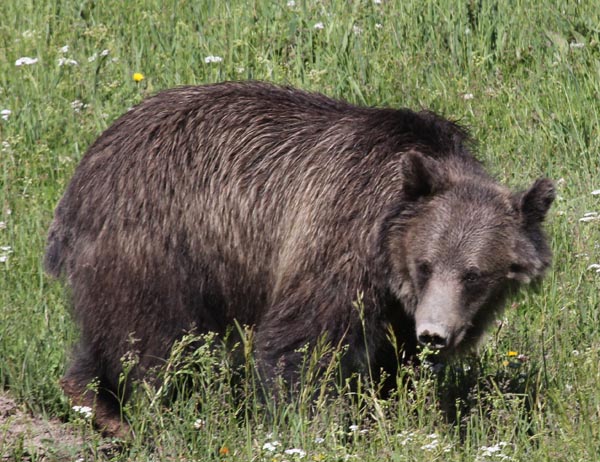
Photo: Matt Miller/TNC After a long winter’s hibernation, the grizzly bear emerges – and starts feasting. Beat the crowds and head to Yellowstone National Park to catch the action. The bears will be feasting on winter-killed bison and green grasses.
The northern roads in the park are open year round, and also offer excellent bear (and wolf) viewing. Wildlife watchers are a friendly lot; ask folks where they’re having the best sightings.
Bison, elk and other animals will be having their calves, too. Keep your eyes open: one year, I was able to watch a bighorn ewe having a lamb on a steep rocky cliff. One of the joys of visiting Yellowstone is there’s something new on every visit.
-
Bats by the Millions
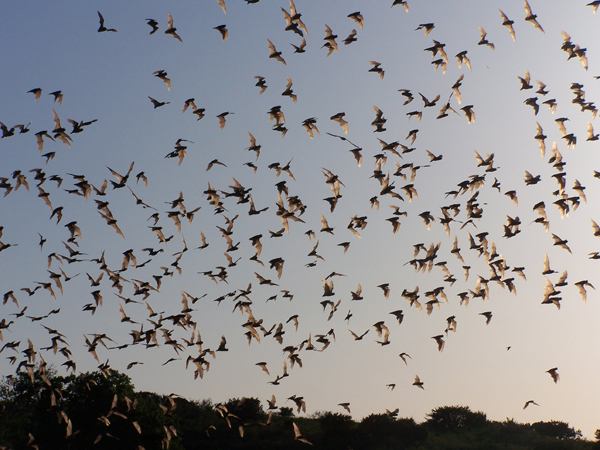
Bats emerge by the millions at Frio Cave near Concan, Texas. Photo: Matt Miller/TNC As the old saying goes, everything’s bigger in Texas. Including, it seems, mammal populations. The largest mammal concentrations on earth are found in some Hill Country caves, home to huge colonies of Mexican free-tailed bats.
Some caves claim 10 million or more bats, and they look like a thick cloud of smoke as they pour out of the cave. Since these are not hibernation caves, the free-tailed bats have not been hit by white-nose syndrome.
You can participate in a tour by Bat Conservation International (for members), visit a state park or private ranch, or even enjoy plenty of urban bats in Austin. Bat tours are organized so that the animals aren’t disturbed. Please don’t conduct your own bat tours – bats face enough problems.
-
Ground Squirrel Safari
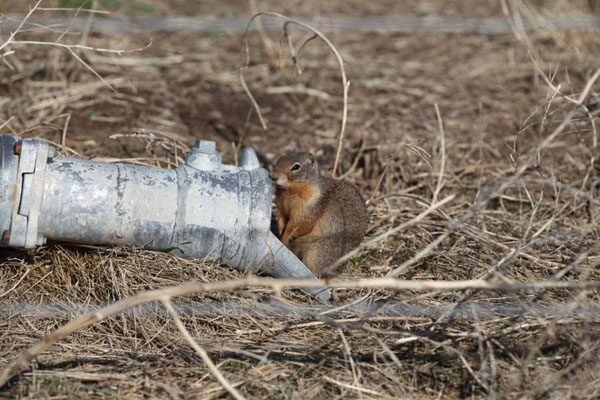
A Columbia ground squirrel hides by an irrigation pipe. Photo: Jon Hall, mammalwatching.com Ground squirrels are fun critters to watch, but for many species, the window is short. They’ll emerge from hibernation early spring, but by July, they’re back underground. Unlike Punxsutawney Phil, ground squirrels go back down their holes (and into torpor) when it gets too hot.
Columbia ground squirrels, for instance, are above ground only about 4 months a year. The rest of the time, they are in a state of dormancy underground.
North America has a great diversity of ground squirrels and other members of the squirrel family: 66 species including tree squirrels, flying squirrels, chipmunks, marmots and prairie dogs. Seeing all of them would take you to the most dramatic national parks, mountain peaks, redwood forests and other natural wonders in the western United States.
While birding hotspots can get a bit crowded, I guarantee you’ll have ground squirrel viewing sites to yourself. I’ve hosted several avid mammal watchers from around the world on their search for endemic ground squirrels, including the Piute and Idaho ground squirrels found near my home. Seriously, I have.
Of course, where there is prey, there are predators. And the emergence of ground squirrels brings coyotes and badgers and rattlesnakes. And, of course, raptors…
-
Raptor Frenzy
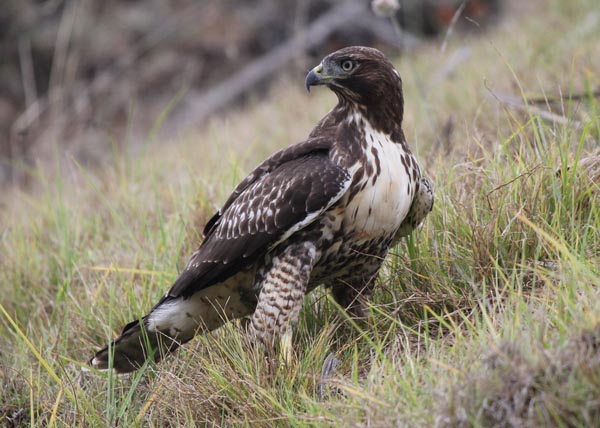
An immature red-tailed hawk. Photo: Jason Crotty under a Creative Commons license. Raptors are on the nest, and soon they’ll have squawking babies to feed. Now is a great time to watch them on the hunt.
And fight: when several raptors are in one area, it’s not unusual for dramatic battles over dead ground squirrels or other prey.
On one outing to a local canyon, as a prairie falcon snagged a ground squirrel, only to be chased by a harrier and two ravens. When the falcon dropped the dead squirrel in mid-flight, a golden eagle swooped in and calmly took it away.
That’s fairly typical at Idaho’s Morley Nelson Snake River Birds of Prey National Conservation Area.
But you can see hunting raptors, even in the city. The pavement around my office building is littered with starling and pigeon parts – evidence that the local peregrine falcons have been busy.
You can even enjoy some raptor watching right from your computer via various web cams. My local peregrines have a nest cam, and of course you can watch Cool Green Science 24/7 for our osprey cam.
-
Mayfly Mayhem
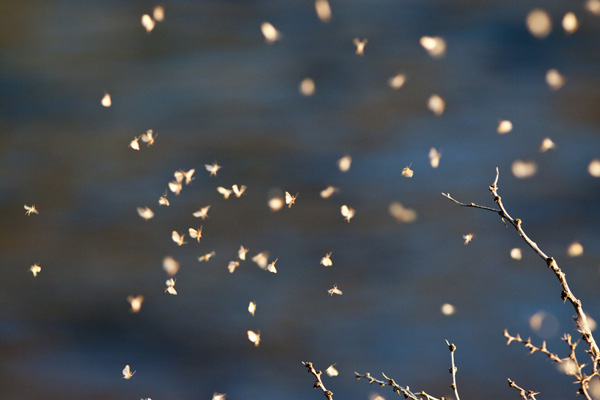
A mayfly hatch in evening light. Photo: Tim Boucher/TNC This one is popular among fly fishers, but pretty much ignored by other naturalists. I’m not sure why: a hatch of spring mayflies is a great spectacle every nature enthusiast should experience.
Mayflies are to my mind one of the most beautiful insects. They live as nymphs much of the year, then emerge as adults, lay their eggs and die. Some live 48 hours or less. So short is their winged phase that the adults don’t even have mouths.
There are a lot of mayfly species, and some hatch throughout the year. But during spring and summer, you can catch mayfly hatches that come off in huge waves. As they emerge on a river’s surface, trout devour them.
Every fly fisher lives for that moment when the water looks like it’s boiling with trout. But there’s also a lot going on in the air, too: songbirds, long-eared owls, ducks and bats all feast on the mayfly abundance.
I’ve seen hatches so thick – like the green drakes of Pennsylvania’s Penns Creek – that their wings make a loud whoosh like a huge flock of birds. Sit along the bank and enjoy. Better yet, grab a fly rod.
-
Waterfowl & Wetlands
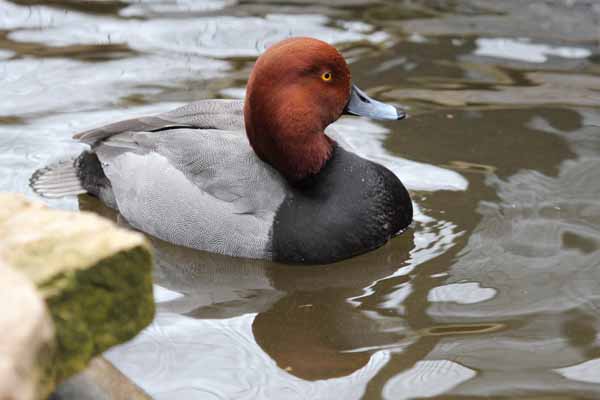
Redhead duck. Photo: Matt Miller/TNC Sure, the big migrating flocks of fall and early spring are spectacular. But right now, ducks are setting up their nests and the males are in their full breeding plumage.
I’ve found that certain species – cinnamon teal and canvasbacks, to name two – seem much easier to view at this time of year. And it’s a fantastic time to photograph birds.
The classic place to look would be the prairie pothole country of the Dakotas, where wetlands still dot the grasslands (but they’re being lost at an alarming rate). The National Wildlife Refuge system offers opportunities to view ducks and other wetland wildlife. And even many city parks will have an interesting variety of species for you to identify and photograph.
If you enjoy some waterfowl photography, don’t forget to buy a Federal Duck Stamp – the proceeds have conserved 5.3 million acres of wetlands around the country.
-
Where the Baby Bison Roam
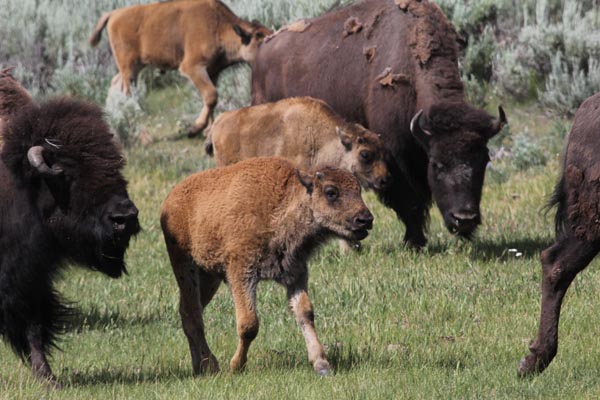
Bison herd. Photo: Matt Miller/TNC A baby bison is on its feet and running (or, at least, stumbling) with the herd within ten minutes of being born. And they’re being born right now, making this an ideal time to see and photograph the great herds.
The protection of bison is one of conservation’s greatest success stories. You can now see herds on many national parks and other protected areas.
But for your spring bison trip, why not head to a Conservancy preserve? The Conservancy has bison on a dozen preserves across many prairie states.
The Tallgrass Prairie Preserve in Oklahoma offers a fantastic experience on the tallgrass prairie. At the Samuel H. Ordway Prairie Preserve, students research bison behavior – helping land managers determine how best to manage the animals on fenced preserves.
Make a visit and see one of the ways your investment in conservation is paying off.
-
Wildflower Wonders
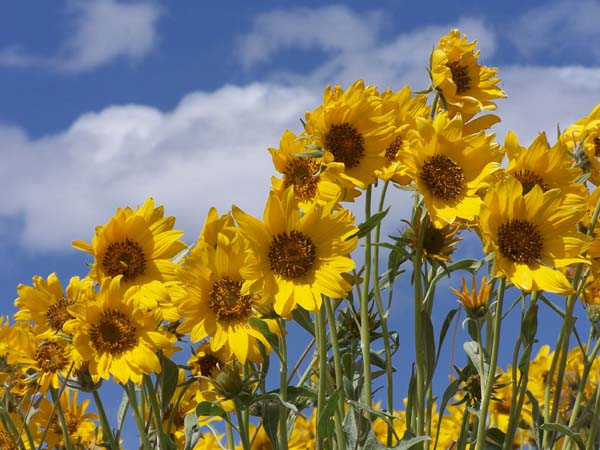
Arrowleaf balsamroot bloom in the Rocky Mountain foothills. Photo: Matt Miller/TNC California’s drought conditions did not bode well for desert wildflowers, arguably the most spectacular blooms in the country.
I was there two weeks ago, and some flowers were beginning to bloom. Recent reports from the National Park Service indicate that Death Valley actually has some very nice flower displays this year.
If you can’t make the trip, an increasing number of native plant societies offer wildflower walks across the country. There’s a long season ahead for prairie, forest and alpine flowers. You can also check out my guide to Rocky Mountain wildflowers, including the solid gold fields of arrowleaf balsamroot (pictured above).
-
Nature’s Chorus Line
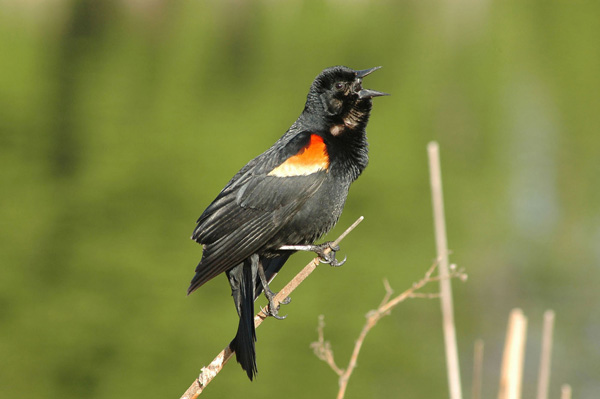
A male red-winged blackbird singing. Photo: © Jim Williams Get up before dawn one morning, and head out to the local patch of woods near you. Sit in the dark, and listen. Listen as the first robin calls out in the pre-dawn, and then as an increasing numberof birds adds their own songs.
Listen for the rat-tat-tat of a woodpecker pecking, the screech of an overhead red-tailed hawk. Jump when a turkey gobbles. And when the sun rises high, let the sounds lull you into a nap.
Or, if you’re not a morning person, head out in the evening: sit by a pond or wetland, and listen to the spring peepers or western tree frogs, depending on your locale.
If you’ve picked the right spot, the little amphibians might seem almost deafening. Crack open your favorite beverage, kick back, enjoy the show. And start planning your next natural history adventure.




I think you should have included “The Biggest Week in American Birding” at Magee Marsh in NW Ohio. The little gems of nature, the warblers, were literally dripping off the trees, many at eye level, some with a few feet of the boardwalk.
Donnie, thanks for that suggestion. I was not aware of it but it sounds like a fantastic birding experience! Thanks again for reading the blog. Matt
Wonderful information on nature around us.Too old to go out and visit these places, but with Posts like yours, one can learn so much. Thanks….
I so enjoyed this. A delectable treat! Thank you so much, Matt. You’ve given us all a lovely gift.
All blessings and good wishes to you.
Hard to believe you do not list the Sandhill Crane migration through Nebraska when over 500,000 cranes gather on the Platte River.
Hi Carol,
Thanks for writing. Yes, the sandhill cranes on the Platte River is cerrtainly one of the world’s great wildlife spectacles. I didn’t include it here, because I gave the crane congregation its own blog:
https://blog.nature.org/2014/03/03/platte-river-nebraska-sandhill-cranes-birding/
Hope you enjoy it!
Oops, I see them now in #10. 🙂
Great post! I was surprised to see amphibians were not represented. Spotted salamander migrations and wood frog choruses are my favorite signs of early spring.
Great visions of God’s creations. Thanks for making more people aware of the wonderful natural world we have to enjoy and protect.
I’m partial to our incredible atlantic herring runs in New England when the rivers are filled with herring swimming up stream to spawn. They are “running” now and it my official harbinger of Spring!
I agree with you, Casey. The herring are running in Brewster, Ma – a spectacle at the Old Grist Mill!